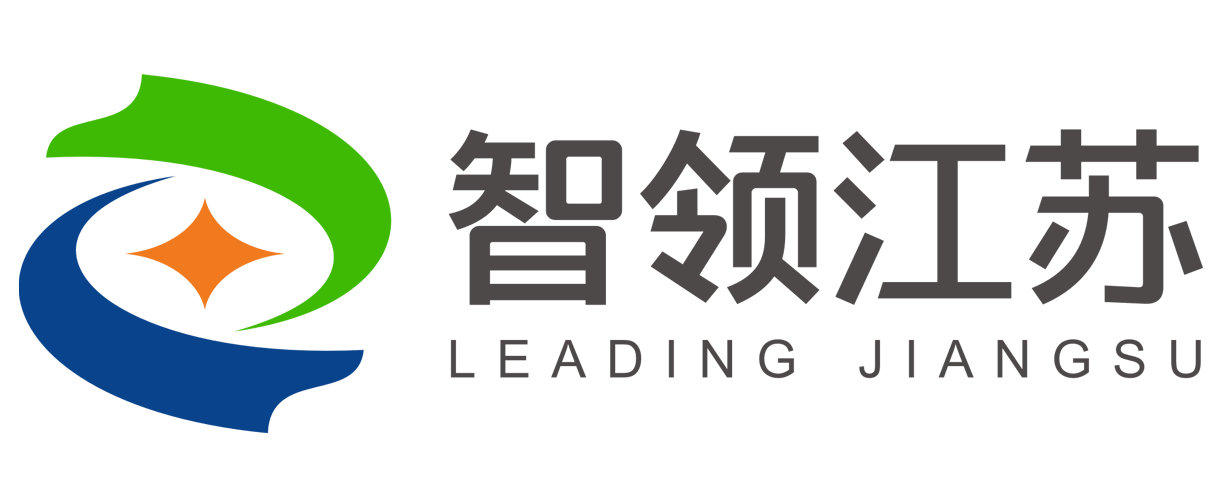资源介绍

Abstract
This database has been assembled for the PhysioNet/Computers in Cardiology Challenge 2008. It contains 100 multichannel ECG records sampled at 500 Hz with 16 bit resolution over a ± 32 mV range. The subjects include patients with myocardial infarctions, transient ischemia, ventricular tachyarrhythmias, and other risk factors for sudden cardiac death, as well as healthy controls and synthetic cases with calibrated amounts of T-wave alternans.
Data Description
Specific information about individual records (which was withheld during the challenge) is now available here.
Since these records come from a variety of sources, some of them have been resampled and scaled from original recordings sampled at higher or lower resolution in order to present them in a uniform format here. In most cases, each record contains the standard 12 diagnostic ECG signals, but a few contain only 2 or 3 signals. Each record is approximately two minutes in duration.
Each record consists of 3 files in standard PhysioBank format:
- twann.hea: a short (text) header file that specifies the format of the record including the number and names of the signals.
- twann.dat: a long (binary) signal file containing the digitized signals.
- twann.qrs: a medium-length (binary) annotation file containing the times of occurrence of the QRS complexes within the record. Although a few of the records contain ectopic beats, all beats are marked within the .qrs files as if normal.
For convenience, the entire collection of records in this directory (.hea, .dat, and .qrs files) can be downloaded in a single compressed archive file, twadb.tar.gz (about 72 Mb). Instructions for unpacking .tar.gz archive files are here.
The WFDB Software Package, freely available from this site, contains a wide variety of open-source applications for reading, viewing, reformatting, and analyzing these files and those belonging to other PhysioBank records. You can also write your own software that reads these files using the WFDB library included in the WFDB Software Package. Alternatively, see How to obtain PhysioBank data in text form.
When using this resource, please cite the original publication:
Moody GB, The Physionet / Computers in Cardiology Challenge 2008: T-Wave Alternans. Computers in Cardiology 35:505-508; 2008.
Please include the standard citation for PhysioNet: (show more options)
Goldberger, A., Amaral, L., Glass, L., Hausdorff, J., Ivanov, P. C., Mark, R., ... & Stanley, H. E. (2000). PhysioBank, PhysioToolkit, and PhysioNet: Components of a new research resource for complex physiologic signals. Circulation [Online]. 101 (23), pp. e215–e220.










